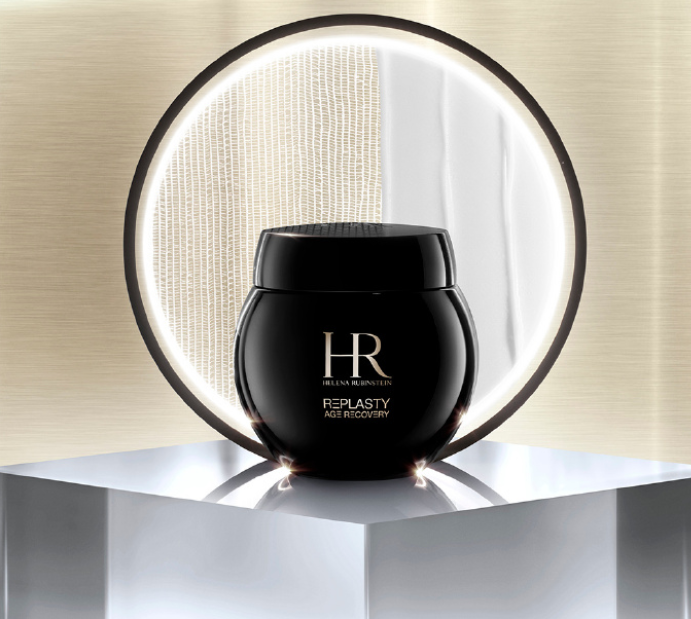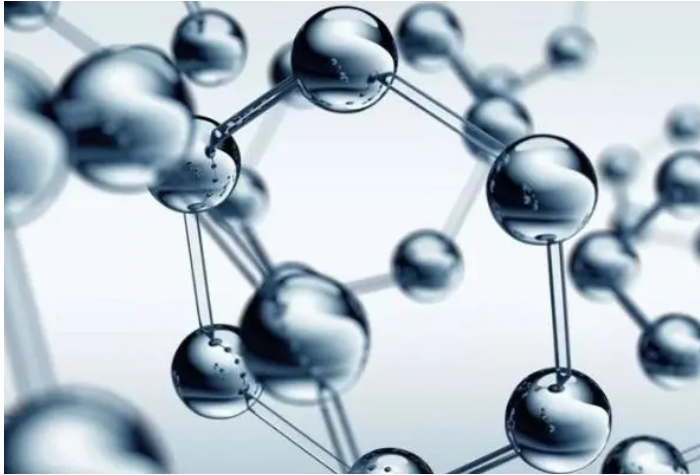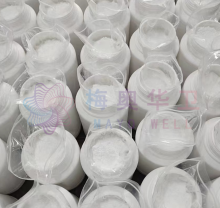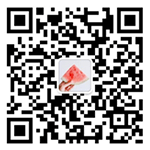- Proxylane bosein pure powders,Not Sale in Patent valid country
- Email: sale@pharma-peptides.com
September’s golden season witnessed the “79-yuan package” meme exploding in popularity multiple times within China’s consumer market due to well-known reasons. A wave of traditional domestic brands managed to reap “wealth” from this traffic frenzy. This collective frenzy over “how is 79 yuan expensive?” even triggered deep contemplation in the beauty industry: Can Chinese brands truly create high-end, premium products?

On the other end of the spectrum, the renowned HR Helena brand has long dominated the global throne of luxury night creams. Its Black Mask series enjoys fanatical pursuit from beauty enthusiasts, with prices remaining eye-wateringly high. Some “Helena fans” dramatically claim: “Rather skip meals than stop using Black Mask.” Visiting HR Helena’s official Tmall store reveals a 50ml Black Mask Revitalizing Repair Night Cream priced at 3,880 RMB. Calculating based on the daily usage of approximately 1ml, applying this facial cream costs 77.6 yuan per day – roughly equivalent to one “79-yuan package.”
The “who uses, who praises” Black Mask attracts admirers through its star ingredient – a component priced higher than gold. This is the mythical raw material in cosmetics: Pro-Xylane (PRO-XYLANE).
A Sword Cleaving Heaven’s Gate
Pro-Xylane, chemically known as Hydroxypropyl Tetrahydropyrantriol, is a small molecule xylose derivative first synthesized from birch tree xylan. Discovered by L’Oréal scientists in the late 1990s, this green chemistry breakthrough mimics skin’s natural regeneration process through glycosaminoglycan (GAGs) stimulation.
1. Independently Developed Active Anti-Aging Ingredient
L’Oréal’s R&D journey began with identifying GAGs as key biomarkers for skin aging. By 1999, Dr. Maria Dalko’s team at Lancôme’s lab had synthesized 200+ xylose derivatives, ultimately isolating Pro-Xylane as their molecular breakthrough.
Dual Mechanism of Action:
- Strengthens dermal-epidermal junction through Type IV/VII collagen synthesis
- Boosts GAGs/hyaluronic acid production to enhance hydration and elasticity
“Pro-Xylane redefines anti-aging by addressing cellular regeneration at its core.”
– Official L’Oréal technical documentation
2. Market Validation Through Premium Branding
Lancôme’s 2006 debut of the Embrace line marked Pro-Xylane’s commercial genesis. Positioned as a “cellular-level anti-aging” pioneer, the product avoided concentration wars while establishing a multi-dimensional efficacy framework. Strategic brand alignment with rose extract – Lancôme’s heritage ingredient – created an unforgettable sensory experience that married scientific rigor with hedonic appeal.
Market Expansion & Industry Impact
Patent Monopoly Era (2000-2020)
L’Oréal’s dual patents (synthesis process and GAG stimulation) established an ironclad technological moat. By 2012, Pro-Xylane had permeated 14 L’Oréal brands across price tiers, from Kiehl’s to La Roche-Posay, creating a $10B+ market segment.
Post-Patent Liberalization (2020-Present)
Following patent expirations in 2020, domestic Chinese manufacturers entered the fray. While new entrants introduced alternative synthesis methods, L’Oréal retained dominance through:
- Proprietary fermentation yield optimization (72% vs industry average 55%)
- Proprietary purification protocols achieving 98%+ purity
- Continued R&D investment ($300M annually)
Strategic Implications for Brands
1. Value Over Price Perception
Premium pricing must reflect tangible efficacy. Case in point: Black Mask’s 3880 RMB price tag sustains demand through clinical validation (20.9x absorption improvement vs conventional formulations) and aspirational branding.
2. Technology as Competitive Moat
L’Oréal’s evolution from Pro-Xylane to Pro-Xylane PRO exemplifies continuous innovation:
- 2022’s dual-penetration micropump technology boosted absorption by 20.9x
- Ongoing clinical trials exploring neuroprotective applications
3. Consumer-Centric Narrative Building
Through 40,000+ Xiaohongshu discussions and influencer partnerships, L’Oréal transformed technical jargon into emotional resonance, demonstrating how molecular innovation translates to consumer loyalty.
4. The Paradox of “Cheap Alternatives”
While domestic brands leverage “premium alternative” positioning for market entry, long-term success requires differentiation:
- Bioengineered ingredient innovation
- AI-driven formulation optimization
- Sustainable sourcing narratives
5. Intellectual Property Strategy
China’s 14th Five-Year Plan prioritizes indigenous innovation. Leading domestic players now hold 17% of global cosmetic patents, focusing on:
- Plant-derived bioactive complexes
- Smart delivery systems
- Eco-friendly synthesis pathways
Epilogue: Botanical Legacy Meets Technological Frontier

Pro-Xylane’s journey from Manchurian birch forests to global skincare pedestals mirrors China’s historical expertise in herbal chemistry. As researcher Jiang Ligang observes: “The real challenge lies not in molecule synthesis, but in scaling nature’s wisdom through modern alchemy.”
This botanical-molecular synergy may well herald a new chapter where ancestral knowledge and cutting-edge science coalesce – unlocking unprecedented possibilities for the beauty industry.
Proxylane pure
Supplying pure powder of Bosein pure powder proxylane Email: sale@pharma-peptides.com
相关推荐
- 2025 International Cosmetic R&D Breakthroughs: Anti-Aging Science
- L’Oréal Revitalift Pro-Xylane Pro | Anti-Aging Moisturizer with Pro-Xylane™
- The Best ProXylane Creams for Anti-Aging: Top Picks with Reviews & Benefits
- “Boswellia Solution” vs “Boswellia”: China Cosmetic Brand Fined for Misleading Ingredient Claims
- Proxylane Ingredients: L’Oréal’s Flagship Anti-Aging “Leading Lady”
Contact info
sale@pharma-peptides.com
Pro-Xylane Bosein Powder

Boseine Ingredients
Related posts
Contact Meiao
© 2025. All Rights Reserved.









